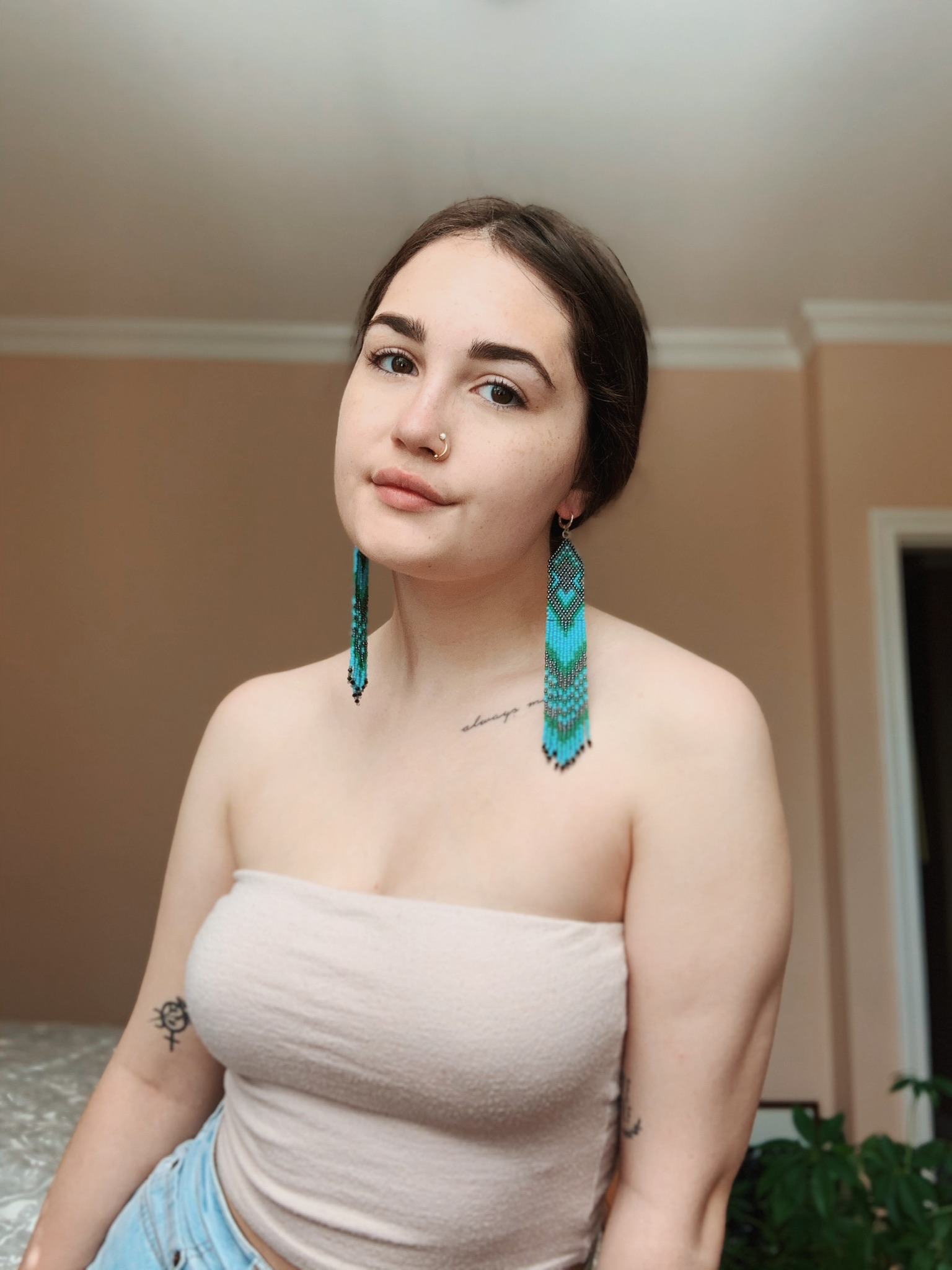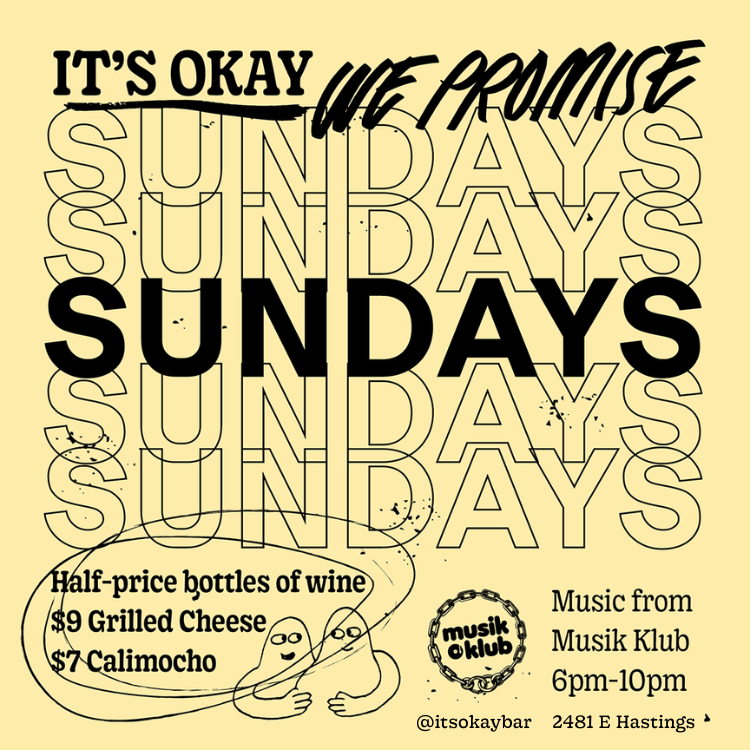The House of Niis Joohl Pole during the recent pole-raising ceremony. Photo by Amy Parent.
Language is the expression of our culture and our land. We cannot have one without the others. We cannot describe our culture and our land if we do not have language. (Queensland Indigenous Languages Advisory Committee, 2006)
Over the past three decades, Indigenous languages have witnessed a historic global decline. With 6,000 languages in danger of extinction– constituting 90 per cent of all languages on Earth–academics, language keepers and communities have been looking for ways to restore traditional tongues.
In British Columbia, Amy Parent, an assistant professor in the Department of Educational Studies at UBC, is launching a holistic language revitalization program for the Nisga’a Nation. Presently, only approximately five per cent of Nisga’a citizens can speak their language fluently—a colonial product that Parent hopes to change.
Raising Nisga’a Language, Sovereignty, and Land-based Education Through Traditional Carving Knowledge (RNL) is a project that harnesses the power of both modern-day VR technology and traditional carving techniques to encourage cultural knowledge production.

The path to this grant initiative started six years ago when Parent learned of a Nisga’a language class taking place in Vancouver—the first of its kind to occur outside of traditional Nisga’a territories. Elder Verna Williams and Keane Tait taught the class, with Williams flying down weekly from the Nass Valley accompanied by her husband George. This sparked a passion in Parent, who soon desired to expand the impact Williams was able to create.
Using new technology and a plethora of diverse strategies, Parent hopes to support the work of Nisga’a chiefs, matriarchs and knowledge holders who have led such efforts over the past 40 years. One of the key ways they hope to achieve culturally enforced revitalization is through Virtual Reality (VR).
“I ran into like one other staff member at SFU during the second stage of the grant application and she specializes in virtual reality technology,” recounts Parent. “She started telling me about how virtual reality is being used successfully in China to support language acquisition. That really caught my attention and I thought, ‘Wow, why don’t we try this out?’”
VR technology will allow approximately 1,400 Nisga’a Nation members in the Lower Mainland and many others across BC to access traditional lands and waterways, while learning their language. The program will include interviews with Nisga’a speakers and land-based walking tours. As Parent explains, Indigenous languages are intricately entwined with cultural practices.
“Language itself is a guide for a total way of being. It teaches us our cultural behaviors, ethics, and who we are as a people, in terms of our identity,” Parent explains. “Our language contains important land-based knowledge, which provides us with the ability to live well with every aspect of Mother Earth.”
VR technology will also enable those with physical impairments to access spaces that they might not otherwise be able to visit. Lastly, the Nisga’a Nation hopes that immersive experiences such as this will drive ecotourism, and even help recruit educators to the north.

In addition to language revitalization, the project will also include the commissioning of a new totem pole, as well as the reclamation of the Niis Joohl Pole that was stolen in 1929 by colonial ethnographer, Marius Barbeau. If it is successfully reclaimed, this will mark the second pole in Canada’s history to be repatriated to Indigenous peoples.
“During the ratification of Nisga’a treaty, we had a delegation of Nisga’a members who went to Europe and did a tour of many museums to try and identify as many of our belongings (artifacts) as possible,” Parent recounts. “At that time, they were told by the museum that the pole was too old to be moved.”
However, this statement from the Museum of Edinburgh does not match their subsequent endeavours. Recently, they underwent a large renovation, in which they moved the Nisga’a pole to the front of the museum—an act that leads Parent to believe the pole is integral to their tourist revenue.
Once COVID-19 subsides and international travel is safe once again, a group of house members will return to Edinburgh to begin the repatriation process. Until then, a talented duo of Nisga’a carvers will be working on a new totem pole, which will one day be raised and celebrated at a feast as a reminder of the nation’s self-governance and cultural sovereignty.
To learn more about Raising Nisga’a Language, Sovereignty, and Land-based Education Through Traditional Carving Knowledge, please visit amyparent.ca.




